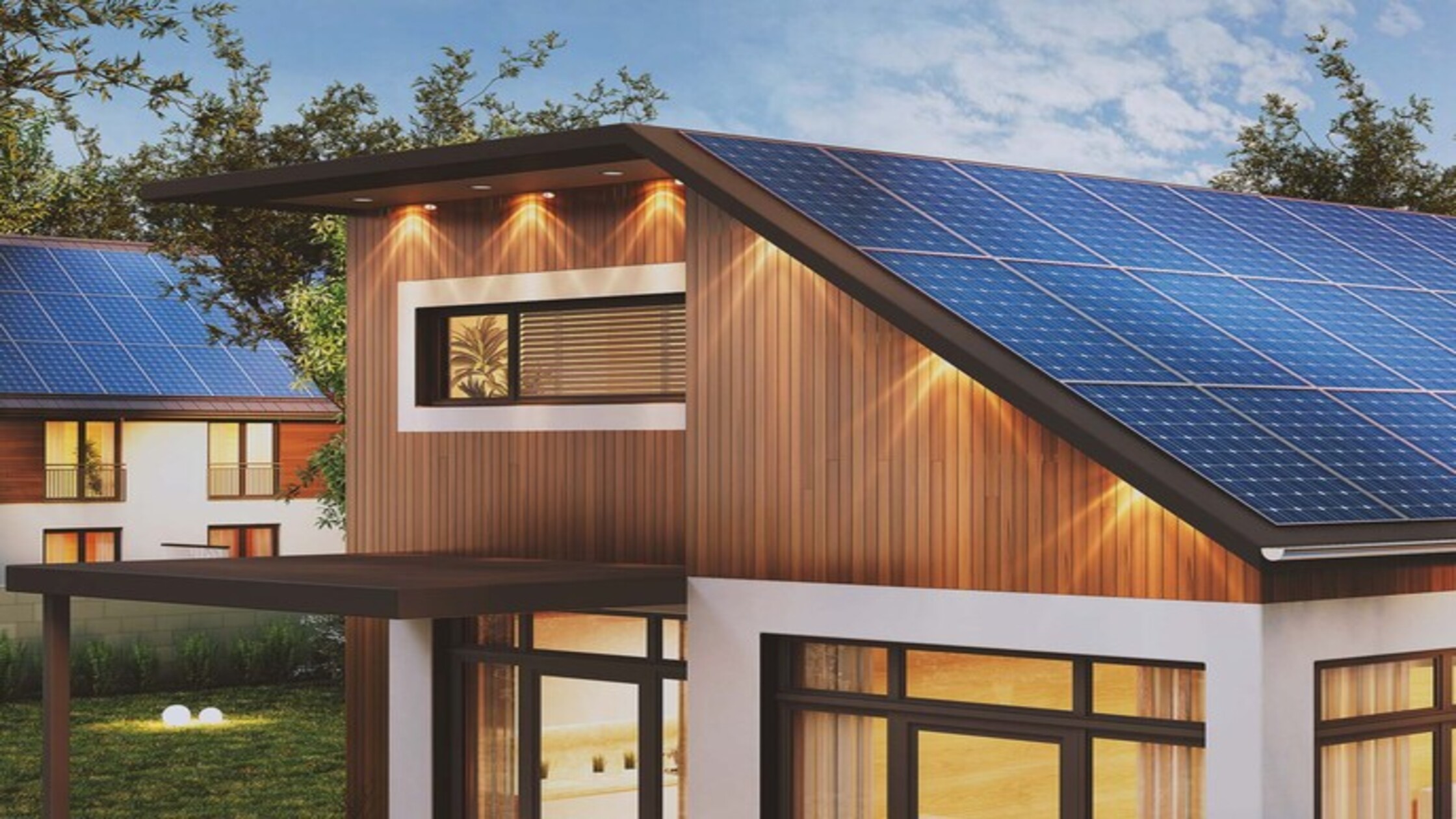Introduction
Solar energy has gained immense popularity as a clean and sustainable source of electricity. But how exactly does sunlight get converted into usable power? Let's delve into the fascinating process of solar energy conversion.
The Heart of Solar Panels: Photovoltaic Cells

The key components of solar panels are photovoltaic (PV) cells. These cells are made from semiconductor materials, typically silicon. The magic happens at the junction between two layers of silicon within the cell.
Step 1: Capturing Sunlight
When sunlight strikes the PV cell, photons (particles of light) are absorbed by the semiconductor material.
Step 2: Creating Electron-Hole Pairs
The absorbed photons excite the electrons in the semiconductor material, creating electron-hole pairs. Electrons are negatively charged particles, while holes are positively charged.
Step 3: Separating Charges
The junction between the two silicon layers in the PV cell is engineered to separate the electrons and holes. Electrons are forced to move in one direction, while holes move in the opposite direction.
Step 4: Generating Electric Current
The movement of electrons creates an electric current. This current flows through the PV cell and is collected by electrical conductors.
Step 5: Inverting DC to AC
The electricity generated by solar panels is in the form of direct current (DC). However, most household appliances and electrical grids operate on alternating current (AC). Therefore, an inverter is used to convert the DC electricity from the solar panels into AC electricity.

FAQs
Q1: How efficient are solar panels?
Modern solar panels can have efficiencies ranging from 15% to 22%.
Q2 Can solar panels work on cloudy days?
While solar panels work best under direct sunlight, they can still generate some electricity on cloudy days.
Q3: How long do solar panels last?
Solar panels typically have a lifespan of 25-30 years.
Q4: Can I install solar panels myself?
It's recommended to hire a professional installer to ensure proper installation and compliance with regulations.
Q5: Are solar panels expensive to maintain?
Solar panels require minimal maintenance, primarily cleaning and occasional inspections.
Conclusion
Solar energy conversion is a fascinating process that harnesses the power of the sun to generate clean electricity. By understanding how photovoltaic cells work and the steps involved in converting sunlight to electricity, you can appreciate the technology behind this sustainable energy source.



















